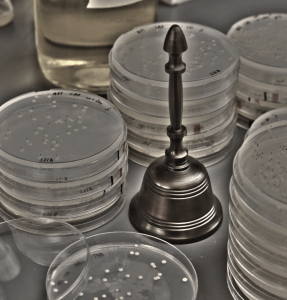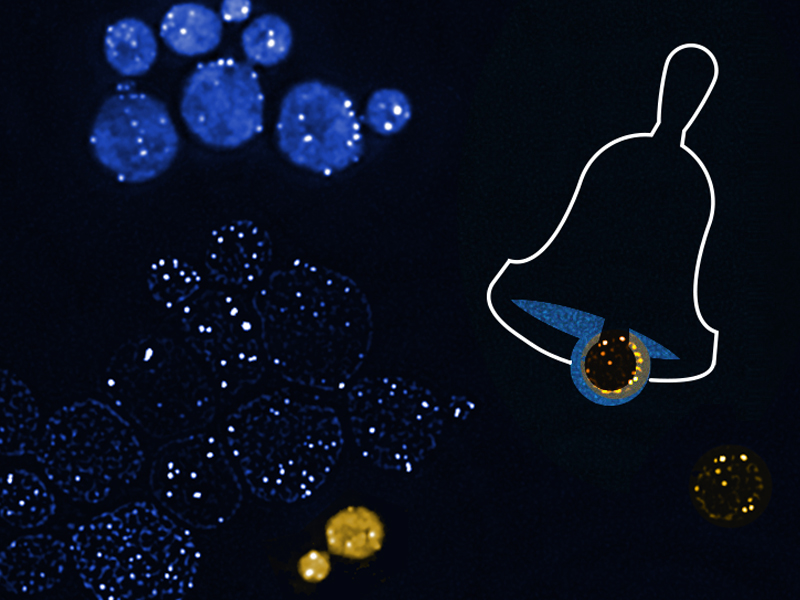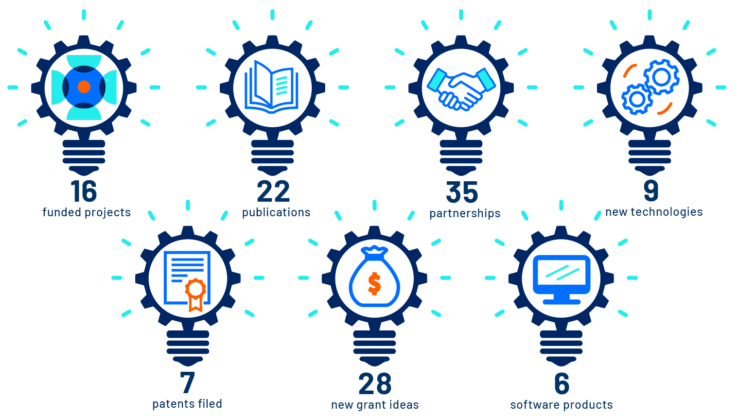July 28, 2017
3 Bullets:
- Like plants and animals, even microbes can anticipate and prepare in advance for future changes in their environment
- Similar to how Pavlov trained a dog to anticipate food when it heard a bell, ISB researchers trained yeast to anticipate a lethal toxin when it sensed caffeine
- The study revealed how in a very short period of time yeast can evolve to ‘learn’ and ‘predict’ new patterns in their environment
By Adrián López García de Lomana, PhD and Nitin Baliga, PhD
Ubiquitously organisms have evolved the capability to sense an environmental cue to anticipate and prepare in advance for future environmental opportunities or dangers, a strategy known as adaptive prediction. While adaptive prediction is a trait that is typically associated with metazoans (complex organisms such as animals and plants with many interacting cells), this behavior has also been observed in single-celled microbes. However, scientists did not understand how a single-celled organism can learn the structure of its environment to predict the future.

Artist’s depiction of “Pavlov’s Bell” alongside yeast cultures.
In a study published in Genome Biology and Evolution, researchers in the Baliga and Aitchison Labs at Institute for Systems Biology (ISB) designed an experiment to evolve novel adaptive prediction capability in yeast by repetitively exposing it to caffeine, followed by a toxin. Remarkably, the yeast cells learned the structure of this novel environmental pattern within as few as 50 generations to use caffeine as a cue for anticipating and mitigating lethal effects of the toxin.
Evolution of adaptive prediction in “front of their eyes” enabled the researchers to discover how the yeast might have acquired this trait. Natural selection of mutations had rewired the regulatory network of yeast to temporally link its response to caffeine to mechanisms that conditionally increased its ability to withstand lethal effects of the toxin.
This capability to evolve novel adaptive prediction in the laboratory will now make it possible for scientists to dissect other kinds of adaptive prediction behaviors, including those that are medically-relevant such as how pathogens anticipate and evade the immune system.
Title: Adaptive Prediction Emerges Over Short Evolutionary Time Scales
Journal: Genome Biology and Evolution
Authors: Adrián López García de Lomana, Amardeep Kaur, Serdar Turkarslan, Karlyn D. Beer, Fred D. Mast, Jennifer J. Smith, John D. Aitchison and Nitin S. Baliga
Pub. Date: July 14, 2017
DOI: https://doi.org/10.1093/gbe/evx116
Full Text: http://isb.io/apyeast



 isbscience.org/research/microbes-learn-predict-future/
isbscience.org/research/microbes-learn-predict-future/

